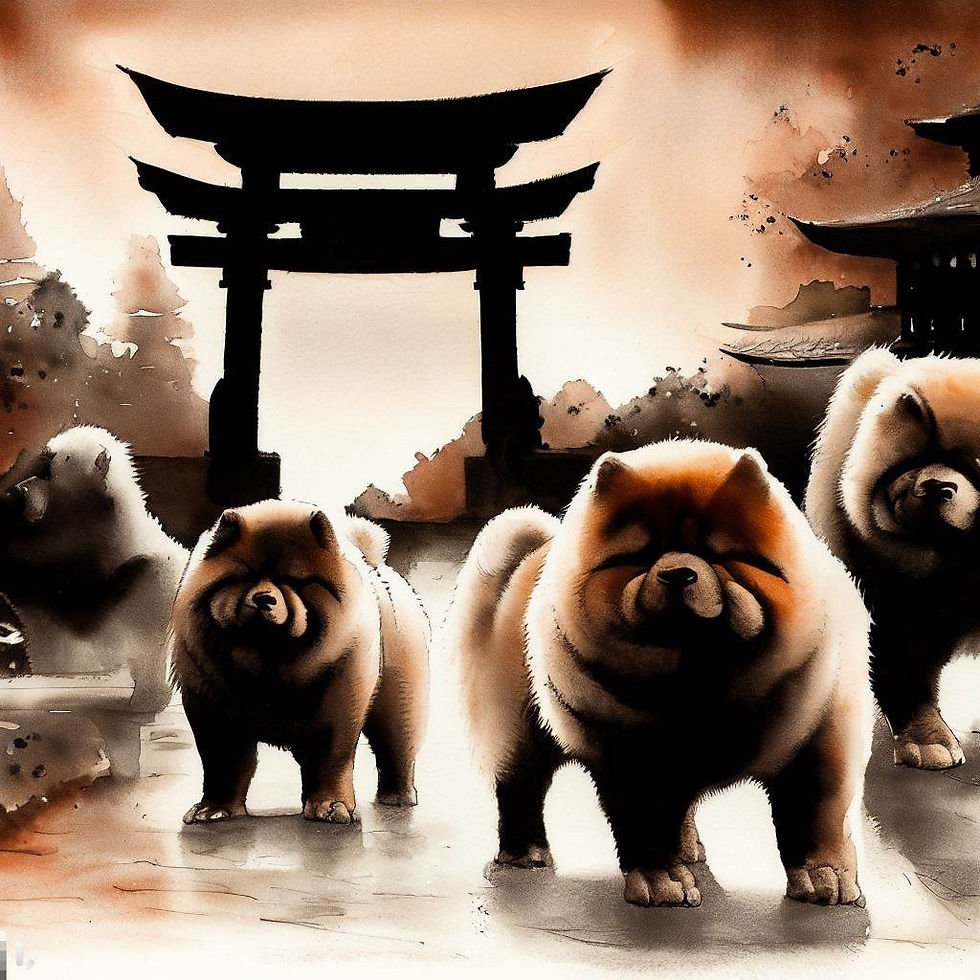Dog breed types
- Polanda Polonica

- Mar 24, 2023
- 3 min read
The diversity of types within a particular breed is a topic that has sparked a lot of debate in the world of dog breeding. While some breeders and enthusiasts advocate for sticking to one breed standard, others believe that introducing different types can bring about new and beneficial characteristics to the breed. This article will explore the benefits and drawbacks of both approaches and examine the role of show judges in maintaining breed standards.
Firstly, it's essential to understand what is meant by "type" within a breed. A breed's type refers to the specific physical traits that are characteristic of that breed. These traits can include body shape, size and coat type. There may be different types within the breed, which can result in significant variation in appearance.
One argument for maintaining breed standards and sticking to one type is that it helps preserve the unique characteristics and history of the breed. When a breed is developed, breeders work towards establishing a specific look and temperament that distinguishes it from other breeds. By sticking to one type, breeders can ensure that the breed remains recognizable and consistent over time.
On the other hand, some breeders and enthusiasts argue that introducing different types can bring about new and beneficial characteristics to the breed. For example, a breed may have a type that is more suited to working or hunting, while another type may be more suited to companionship. By incorporating different types, breeders can create a more well-rounded and versatile breed.
However, introducing new types can also be risky. It can lead to a loss of breed identity and confusion amongst breed enthusiasts and potential owners. Additionally, it can also lead to the dilution of desirable traits and the proliferation of undesirable ones.
The role of show judges is crucial in maintaining breed standards and ensuring that different types are not introduced into a breed. Judges evaluate dogs based on breed standards, which outline the ideal physical and temperament characteristics for that breed. By awarding top honors to dogs that adhere closely to these standards, judges encourage breeders to focus on producing dogs that conform to the breed's type.
Do chow’s have variations too? Absolutely!
One of the most obvious variations is the difference between the "lion" type and the "bear" type. The lion type is characterized by a more moderate-sized head, with a shorter muzzle that is wider at the base and tapers towards the nose. The bear type, on the other hand, has a larger, broader head, with a wider and more pronounced muzzle.
Another variation is the difference between the Eastern and Western types. The Eastern type tends to have a larger and broader head, with a more pronounced stop (the angle between the forehead and the muzzle) and a shorter, wider muzzle. The Western type, on the other hand, has a more moderate-sized head, with a gentler slope between the forehead and muzzle and a longer, more tapered muzzle.
The shape and size of the head and muzzle can have an impact on the dog's overall appearance and expression. A dog with a larger, broader head and muzzle may look more imposing and powerful, while a dog with a smaller, more moderate head may appear more refined and elegant.
The question of whether to maintain one breed type or introduce diversity is a complex one that requires careful consideration. While some argue that introducing different types can bring about new and beneficial characteristics, others argue that maintaining breed standards is crucial to preserving the breed.
Help us spread the knowledge by sharing this post 🥰.
Copy rights: Paulina Kolodziej & Polanda Polonica Chow Chow puppies
#breedtypes#chowchow#heavychowchow#lightchowchow#variationswithinbreedstandard#polandapolonica




Comments